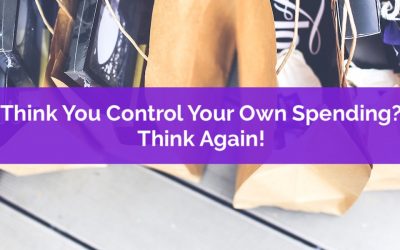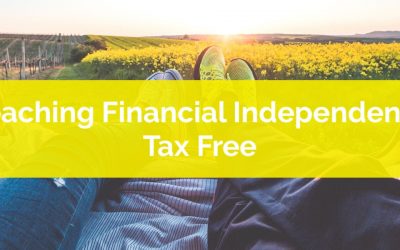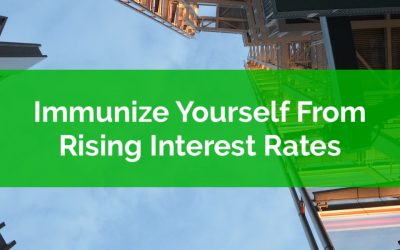Thank you for joining the waitlist!
You’re on the list for early access!
We will contact you via email when we’re ready for you to start your self-directed financial plan. In the mean time here is a quick preview…
Check out our latest blog posts…
Think You Control Your Own Spending? Think Again!
Habits drive a lot of what we do. Habits are subconscious and they form in weird ways. Did you know that a lot of our spending is driven by past decisions?
We all have this weird desire for coherence. We want things to be consistent. We judge current spending decisions based on past spending decisions. We want to keep things consistent so we make decisions based on what we did in the past (or what we’ve seen other people do).
We’d like to think we’re in control of our spending but that’s not really the case. We’re influenced by things we purchased in the past, or things friends have purchase, or co-workers, or even our family. We’re even influenced by random people we have no relationship with like the people in advertisements.
Arbitrary coherence is the idea that the first decision we make, or the first piece of information we receive regarding a decision, is arbitrary, we don’t have any reference point or anchor to evaluate this new piece of information so it’s very arbitrary. But after we get that initial piece of information we start to use it as a reference point, and subsequent decisions are made using it as a reference.
Reaching Financial Independence Tax Free
Financial independence is a goal for many people. Financial independence is when work becomes optional. It’s when your investments are large enough to support your annual spending indefinitely, without the need for employment income. Reaching financial independence frees you from the typical work/money/time equation. When you reach financial independence you no longer have to trade your time for money.
How much you need to reach financial independence is different for everyone, but the quick and most common metric is 25 times your annual spending. Once you reach this level of savings and investments (not including your home) you can withdraw 4% of your portfolio indefinitely. With the right portfolio your investments will grow enough each year to pay you 4% of the original principal and still keep up with inflation.
Taxes are obviously a big consideration when growing your investments. Tax free growth allows your investments to grow faster and lets you hit your goals earlier.
In Canada we have two main accounts that provide tax free growth, the TFSA and RRSP. With the TFSA you pay tax now but don’t pay tax later. With the RRSP you don’t pay tax now, but you do pay tax later. Regardless of when you pay the tax, the investment growth within an RRSP or a TFSA is tax free. Using your TFSA and your RRSP to its full potential means you can hit financial independence much faster.
How To Immunize Yourself From Rising Interest Rates
Interest rates are going up and that’s putting a squeeze on anyone with debt. Whether it’s a mortgage, student loans, or a line of credit, you’re about to feel the sting of higher rates. We’ve had unprecedentedly low rates for almost 10 years now and forecasters have repeatedly called for higher rates, and it seems that they’re finally right.
The Bank of Canada just increased their rate again making this the 4th increase in the last 12 months. That increase means we’re being charged an extra 1% interest on variable rate debt versus last year. It also means any we’ll be charged an extra 1% on any new fixed rate debt. On a $350,000 mortgage that’s an extra $3,500 per year in interest charges or about $300 per month!
Rising interest rates impact all kinds of financial products. Variable rate mortgages, new fixed rate mortgages, lines of credit, home equity lines of credit and of course, student loans too.
Not only are we paying more for our current debt but rising interest rates also make it more difficult to qualify for a new debt too. Higher rates will decrease the amount of money you’re qualified to borrow. A household earning 80,000 per year will see their home buying budget decrease by $28,000.
There are a few strategies you can use to immunize yourself from the impact of higher rates, at least for a short period of time. From a few months, to a few years, to a decade, these strategies can help you avoid the sting of rising rates.



